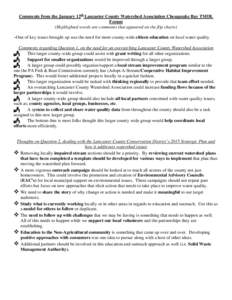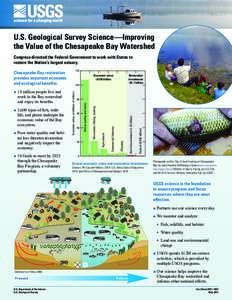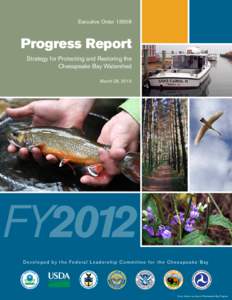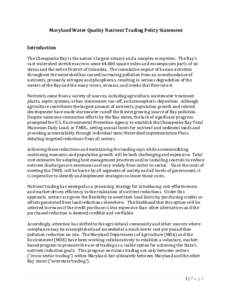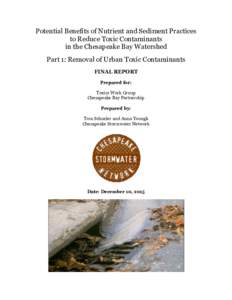<--- Back to Details
| First Page | Document Content | |
|---|---|---|
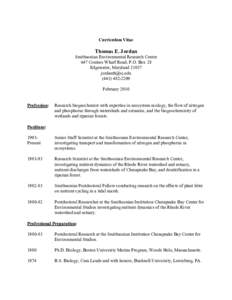 Date: 2010-04-19 14:02:32Water Fisheries Smithsonian Environmental Research Center Chesapeake Bay Estuaries and Coasts Estuary Eutrophication Patuxent River Wetland Chesapeake Bay Watershed State governments of the United States Earth |
Add to Reading List |
 Curriculum Vitae Thomas E. Jordan Smithsonian Environmental Research Center 647 Contees Wharf Road, P.O. Box 28 Edgewater, Maryland 21037
Curriculum Vitae Thomas E. Jordan Smithsonian Environmental Research Center 647 Contees Wharf Road, P.O. Box 28 Edgewater, Maryland 21037